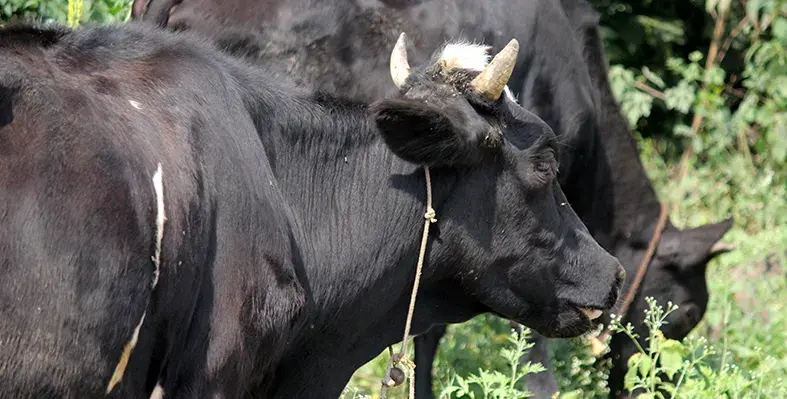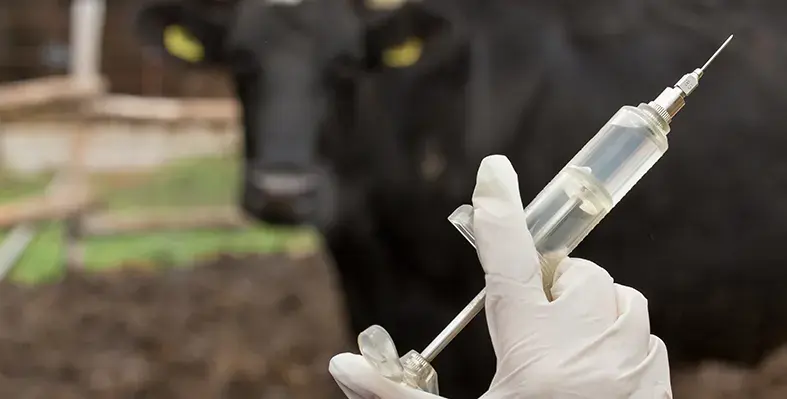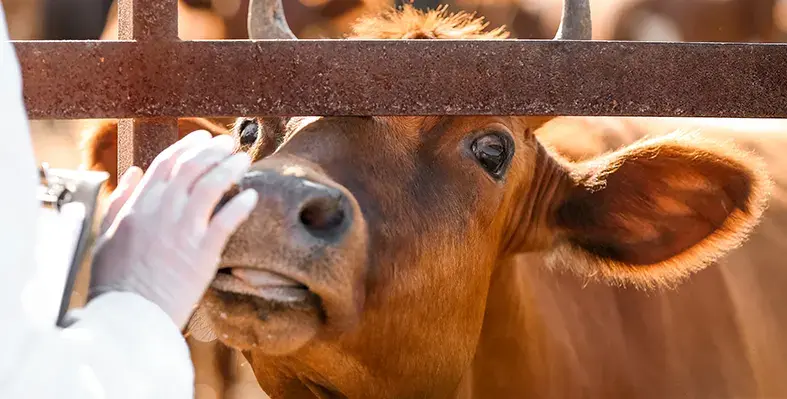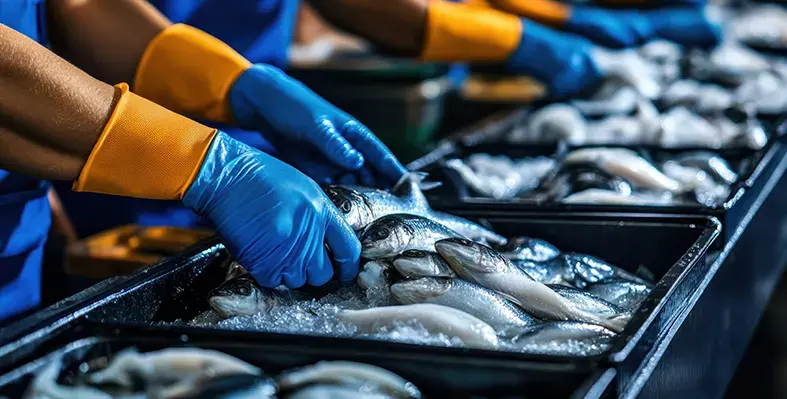Nigeria is grappling with a severe livestock feed crisis, with more than 50 million cattle inadequately nourished, according to Idi Mukhtar Maiha, the Minister of Livestock Development.
Describing the situation as a critical threat to rural livelihoods and national stability, the minister called for urgent action at both national and regional levels.
Maiha delivered the warning during the opening of a two-day Policy Dialogue Workshop convened to assess PRISMA project outcomes in relation to agricultural priorities across West Africa and the Sahel. Organised by the Regional Agency for Agriculture and Food under ECOWAS, the event gathered policymakers, technical experts and development partners working to strengthen agricultural systems in the region.
Peter Alike, Director of the Technical Office of the Permanent Secretary, said, “In Nigeria, we have over 50mn cattle in the hands of rural dwellers, and these are animals that must be fed. So, for us, feeding and indeed, food is a national imperative that we cannot even leave for tomorrow. He further emphasised the wider implications of feed shortages, noting that inadequate nutrition for animals threatens incomes, food security and community stability.
Maiha reinforced the urgency, stating: “It is an emergency because the tangential effect of not being able to provide the necessary feed for our animals has a direct effect on our very existence, rural livelihood and human peace.”
During the workshop, Alike outlined the ministry’s long-term strategy for the livestock sector, referencing a 2025–2030 plan aimed at boosting productivity and resilience. He noted that livestock currently contributes around US$32bn to Nigeria’s GDP, but with effective development, the sector could generate more than US$94bn within the next decade.
Maiha also praised President Bola Ahmed Tinubu for establishing the dedicated Ministry of Livestock Development, stressing its importance for regional cooperation. He remarked: “If you have a project of this magnitude and you exclude Nigeria, then you are not likely to succeed because I don’t know of any other country in West Africa and the Sahel that has a dedicated Ministry of Livestock Development.” His comments underscored Nigeria’s pivotal role in advancing livestock initiatives across ECOWAS and the Sahel.
The workshop, part of PRISMA’s efforts to link research and innovation to regional needs, is focused on improving feed quality, enhancing productivity and building resilience in agro-pastoral systems. Maiha’s intervention made clear that securing adequate livestock feed must become a top policy priority, backed by coordinated national planning and strengthened regional collaboration.












